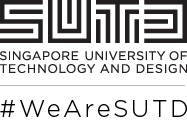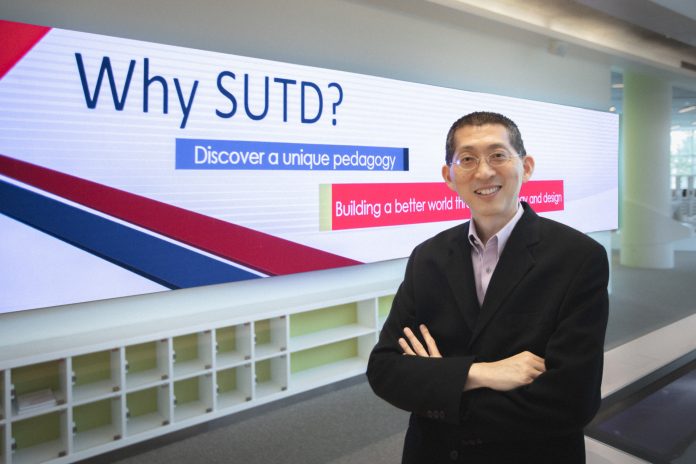Professor Yeo Kiat Seng sheds insights on how he intends to propel the young university to international prominence.
Competing on the global stage is no small task. For a small and young university like SUTD, that’s particularly true. It’s an uphill battle, given that they’re up against prolific giants like Stanford, UC Berkley and even our very own NUS and NTU. It’s a David and Goliath kind of situation.
But Professor Yeo Kiat Seng, Associate Provost for Research and International Relations, is unfazed.
The higher education landscape today.
The times are changing, says the veteran with over 25 years of experience in industry, academia and consultancy. “We’ve seen how globalisation has radically transformed the way we live, study, work and play,” he relates, “we’re now in a period where demand for education and research is rising. Yet ironically, the landscape of higher education remains largely unchanged. Traditional universities and colleges are a mismatch for students and the industry. If this ensues, half of the world’s traditional universities may just disappear by 2050.”
Universities in the 21st century.
Universities, like the rest of the world, have to move with the times. Higher education, according to him, is no longer about the creation and transfer of knowledge. Professor Yeo’s vision of a not so distant future sees universities at the frontline of innovation and cutting-edge technology. They are highly engaged; dynamic leaders who play an integral role in influencing both industry and the society.
Within the university, a strong cohesion between research, education and industry is imperative. That way, they create a robust ecosystem that not only allows them to train industry-relevant manpower, but also produce industry-relevant graduates – future leaders – who are critically attuned to the needs of the real-world.
“This is the future I see in SUTD,” says Professor Yeo with a quiet smile. And that’s exactly what’s drew him here.
Research with real-world impact.
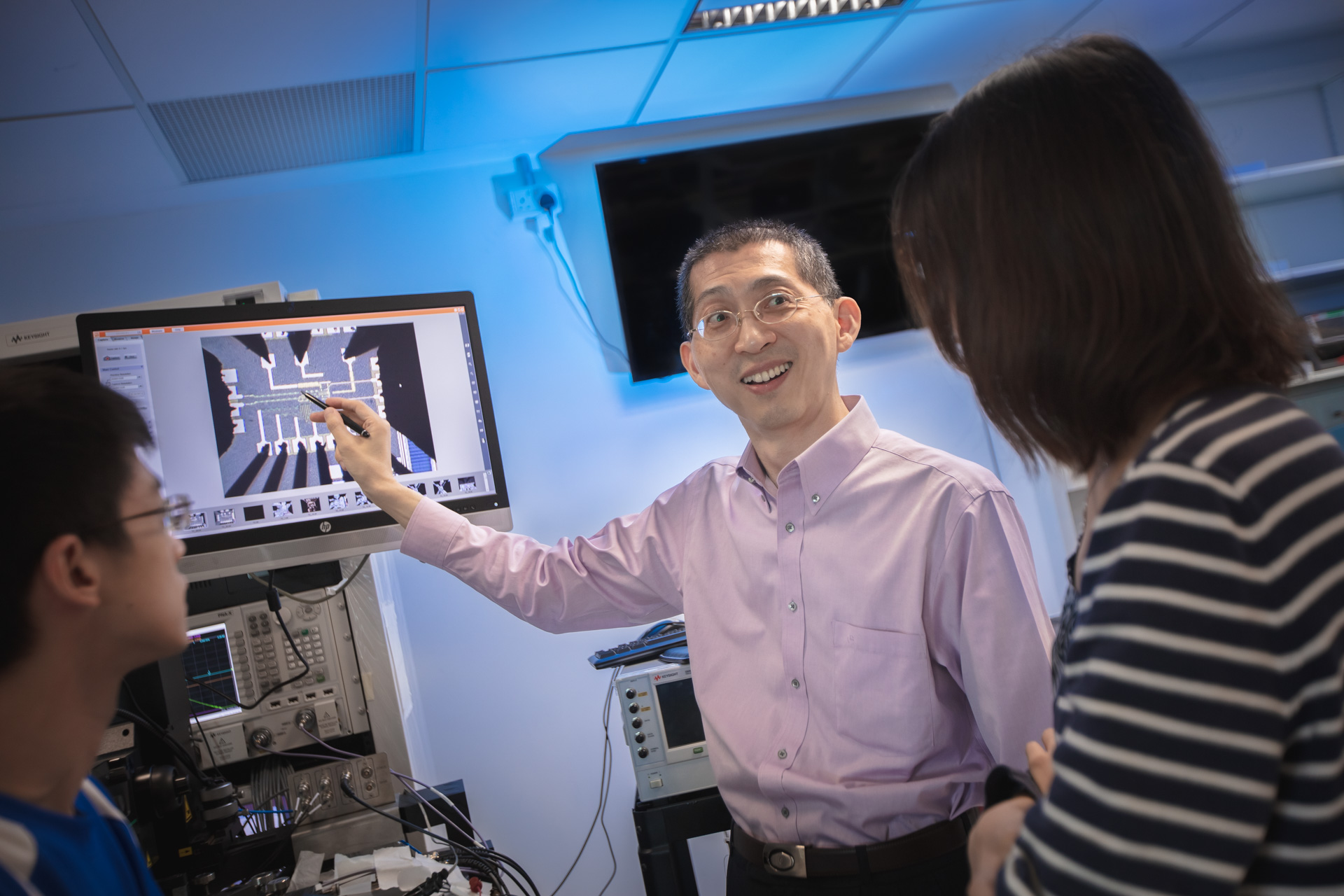
Needless to say, exceptional research is pivotal for the young university to exemplify its scholarly prowess and get on the radar of the rest of the world.
“Our goal is to be a research-based knowledge production engine that is nimble and responsive to challenges in Singapore and the world,” says the man-in-charge. Research that makes an impact, according to him, is what’s needed to drive excellence. Research and industry, just like research and education, needs to be tightly integrated.
“When you do research, you must understand what the industry wants. Otherwise, what you’re doing is probably not relevant at all.” He adds, “When we talk about research, we want to make sure we understand a problem before we start working on it. Because over here, it’s not about finding the perfect solution. It’s about finding a solution that best fits the problem.”
Professor Yeo and the future of wireless communication.
One example of such research can be found right here in SUTD’s Integrated Circuit Design Lab. Prof Yeo has generously agreed to share a project he’s working on with us. He showed us to one of the work desks and picked up a circuit board. “See that tiny little chip over there?” he points out, “that’s a millimetre wave integrated chip.”
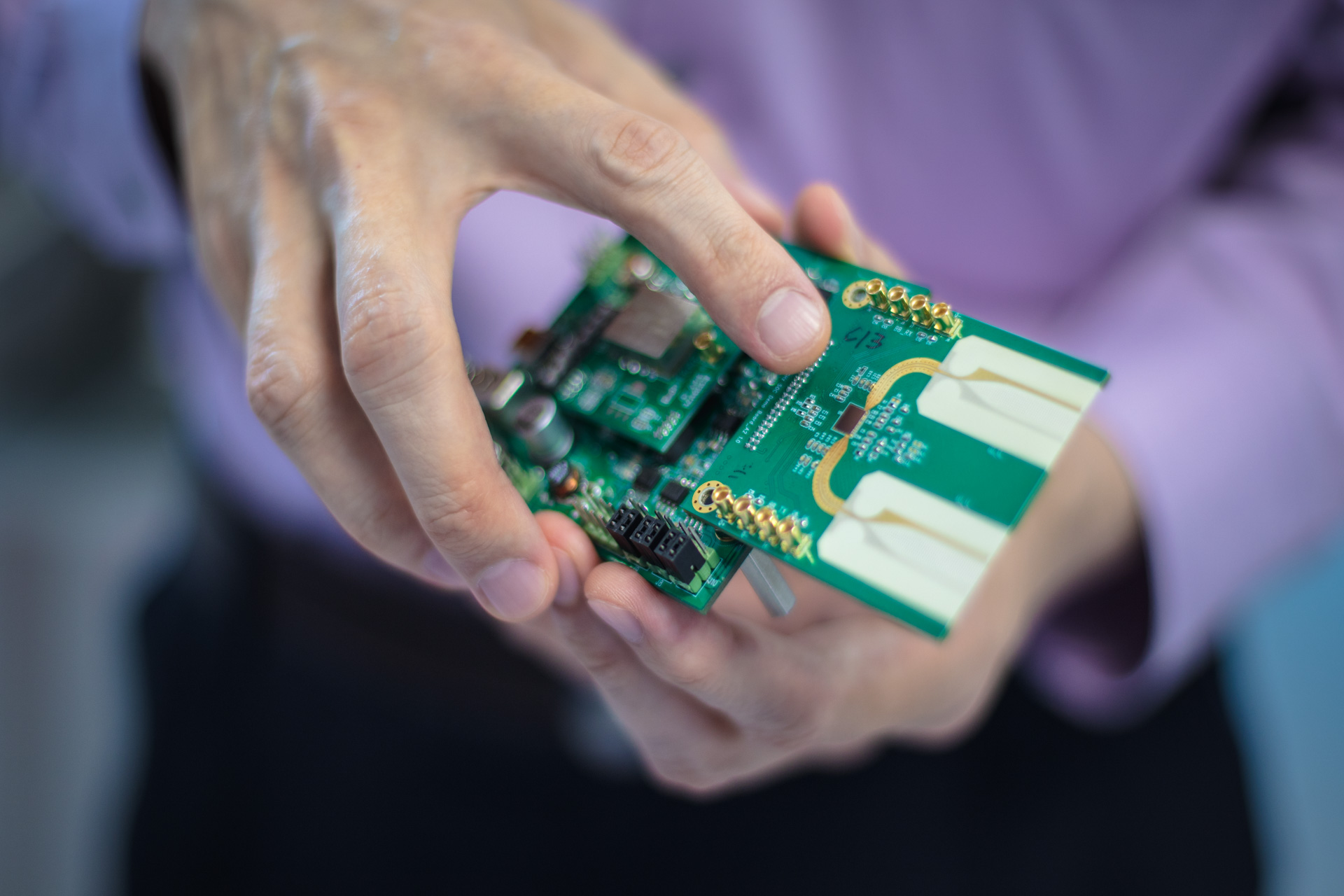
Professor Yeo, with a prolific background in electrical engineering, is one of the most successful researchers in the field of low-power RF (radio frequency) / mm-wave IC (millimetre wave integrated circuit) design. That tiny little chip? It’s the future of wireless communication.
“This VIRTUS’ 60GHz microchip is at least 1,000 times faster than Bluetooth 2.0 and consumes less than 350mW of power,” he explains. That basically means it can transmit more than one gigabyte of data (that’s about 100 MP3 files) per second. Just imagine. A world with building-to-building data transfer, wireless displays, live high-definition video streaming and real-time interactive multi-user gaming. All made possible. Wirelessly. At lightning speed. This tiny little chip is poised to revolutionise our (virtual) world.
“The next step for us is to make this into a real product,” Prof Yeo continues, acknowledging our palpable excitement, “and it should happen in about 2 to 3 years’ time.”
We can’t wait.
Small but incredibly mighty.
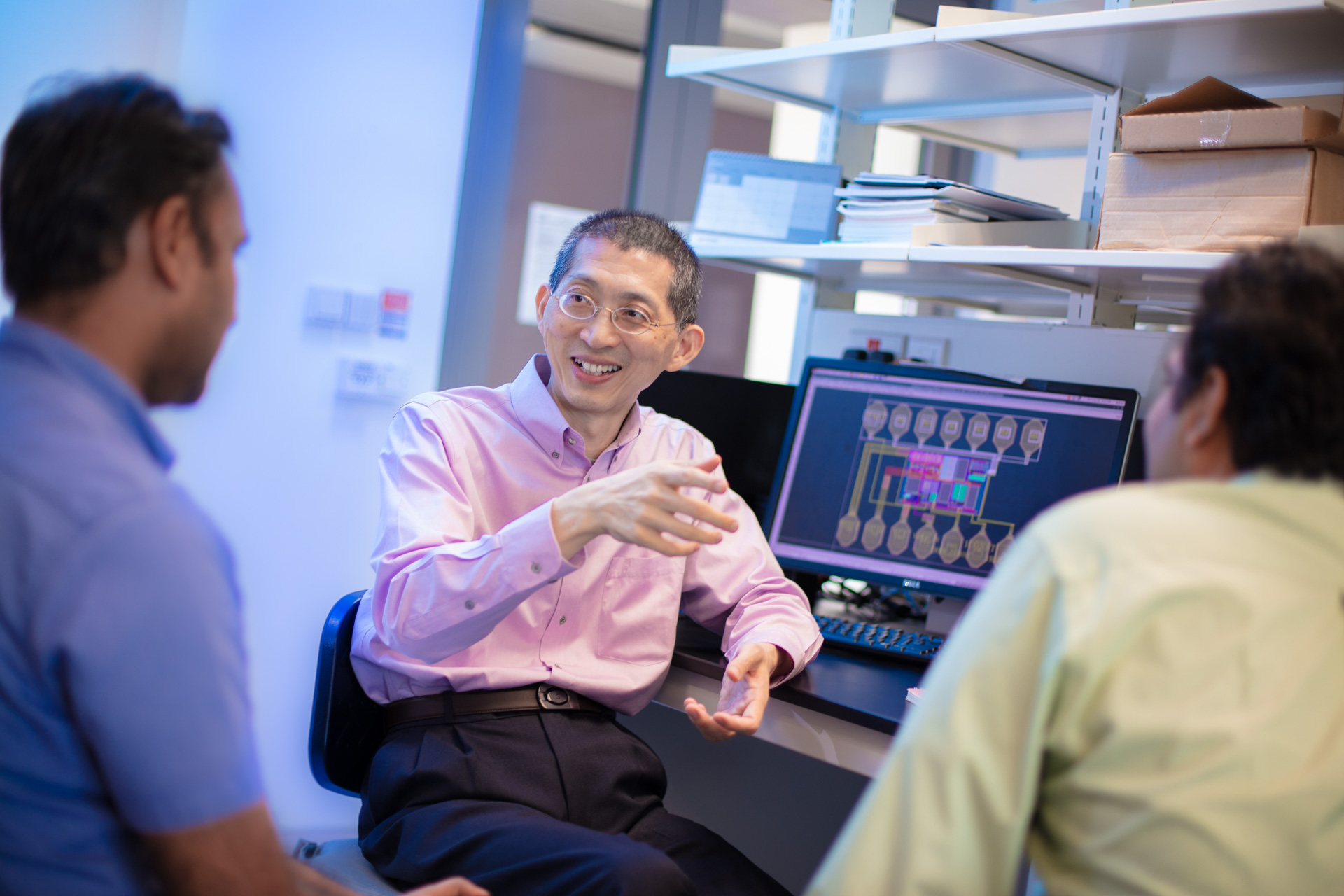
Professor Yeo’s brilliant case study is only one of the many outstanding research projects that carry a great potential to impact the world.
Given its small size, however, Prof Yeo is well aware that they’ve got to be strategic with resources. In fact, over the next five to eight years, the university will primarily focus on four areas of research aviation, healthcare, cities and artificial intelligence / data science. “We’ve got to look at what’s relevant and determine what’s important for both our economy and society,” he explains.
But being small isn’t necessarily bad. “Take Caltech and MIT for example. They’re small, but they’re doing extremely well,” he says. “Being small allows us to be nimble. We react fast. We move fast. And that, in fact, is one of our strengths.”
Secrets of a world-class research institution.
Size and ground-breaking research aside, the success of a world-class research institution hinges on a host of other factors as well.
It’s important, for one, to forge effective partnerships. Collaboration, according to the prof, facilitates the exchange of skills, knowledge and technology. Working with industry partners also allows them to strengthen their strategic foothold as a research enterprise. “By partnering well-known institutions and reliable partners, we accelerate the development of our research capabilities. That, in turn, uplifts our research impact,” he substantiates.
Next, establishing a multidisciplinary environment. This, to SUTD, is almost second nature. “Students and faculty here don’t just specialise in one area,” Prof Yeo relates, “it gives them a holistic point of view when they approach a problem. That’s important. Because many of the problems we face today are multi-dimensional and multi-faceted. If you can’t see things in totality, you won’t be able to come up with a better solution.”
And of course, the faculty themselves. “We’re very fortunate to have a team of very good, very strong faculty working with us,” Prof Yeo remarks. “In fact, they’ve already created impact. Just last year, we were fifth in the world’s most influential scientific research institution in telecommunications. This year, we topped the list of emerging leaders in engineering education. These are significant achievements. Especially for us, a young university who’s less than 10 years old.”
Nurturing global leaders.
Being part of an outfit that’s out to change the world is definitely exhilarating. But Prof Yeo, at this point, poses a valid question. How can you change the world if you haven’t seen it? That’s where the other half of his portfolio – international relations – comes in perfectly.
“We want our students to go out there and experience the world,” he shares. But simply sending them out on regular exchange programmes isn’t quite enough for the ambitious professor. “That’s doing it the easy way,” he asserts. He wants students to get the best out of their precious time abroad.
VIEW (Value-added Innovation and Enterprise Work), AIM (Abroad Internship Mission) and SCORE (SUTD Complementary Overseas Real-world Experience) are some of the programmes he developed as part of his international relations initiative. These programmes are designed to immerse students in a very different kind of experience that ranges from mentorship by industry leaders to participating in bespoke engineering design-related programmes to internship.
“Competition is stiff when it comes to attracting talents and prospective students on the global level,” Prof Yeo justifies. “For us to remain the top choice for higher education, we must continue to build bridges worldwide and differentiate ourselves by developing innovative initiatives that can prepare our students to take on global careers.”
SUTD’s global stage.
So, final question. Can David take on the massive Goliath? “Well, we may not have a big army, but with very good ideas, the right people and the will to succeed, we can definitely make impossible possible,” Prof Yeo concludes, “and I think we’ve done that.”
